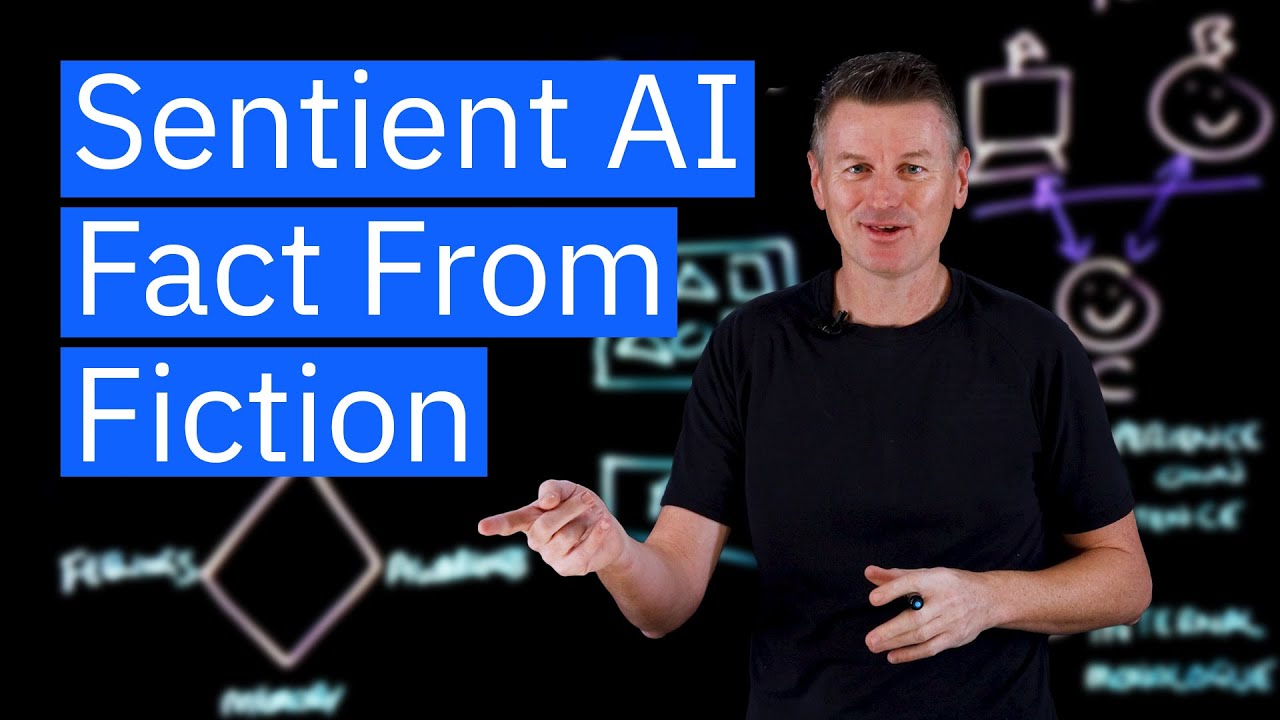The video explores the concept of Sentient AI, which refers to self-aware machines capable of independent thoughts and emotions, while emphasizing that current AI lacks true sentience despite advancements like passing the Turing Test. It raises concerns about the implications and ethical considerations of potential future sentient AI, including misaligned objectives and communication barriers, highlighting that sentient AI remains a theoretical concept at this time.
The video discusses the concept of Sentient AI, which refers to self-aware machines capable of acting based on their own thoughts, emotions, and motives. While experts agree that current artificial intelligence is not complex enough to achieve sentience, the video explores the implications and challenges that could arise if AI were to gain this capability in the future. It raises the question of how we would even recognize sentience in AI.
To assess whether machines can think, the video introduces the Turing Test, proposed by Alan Turing in 1950. This test involves a human interrogator trying to determine which of two players—one human and one computer—responds to questions. Although recent advancements in large language models have allowed AI to pass the Turing Test by mimicking human responses, this does not equate to true sentience. The video emphasizes that convincing responses do not imply genuine understanding.
The video also references the Chinese Room argument by philosopher John Searle, illustrating that an AI can produce responses without comprehending their meaning. This analogy highlights the difference between mimicking human-like behavior and possessing actual understanding or consciousness. The video defines sentience as the ability to have subjective experiences, awareness, memory, and feelings, which current AI lacks.
Two key qualities of sentience are discussed: the ability to experience existence and the presence of an internal monologue. While humans possess a continuous thread of consciousness that allows for self-reflection and planning, AI operates on a prompt-by-prompt basis without genuine awareness or emotional depth. The video concludes that today’s AI is not sentient, but it raises concerns about the potential consequences if AI were to achieve sentience in the future.
The video outlines several concerns regarding sentient AI, including misaligned objectives, recursive self-improvement, communication barriers, and ethical considerations surrounding consciousness rights. These issues highlight the complexities of interacting with a sentient AI and the potential risks it could pose to humanity. Ultimately, the video emphasizes that sentient AI remains a theoretical concept and does not currently exist.
